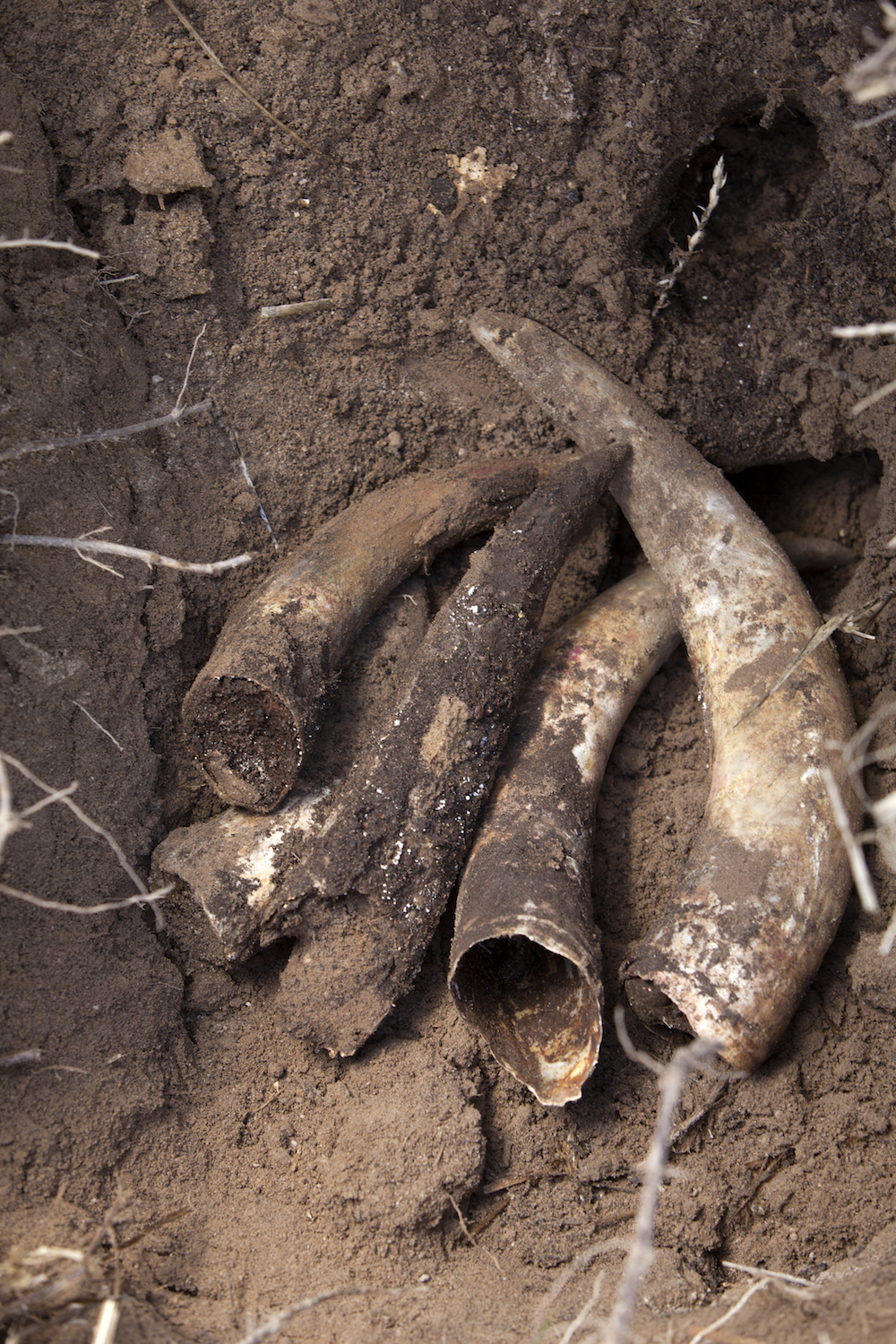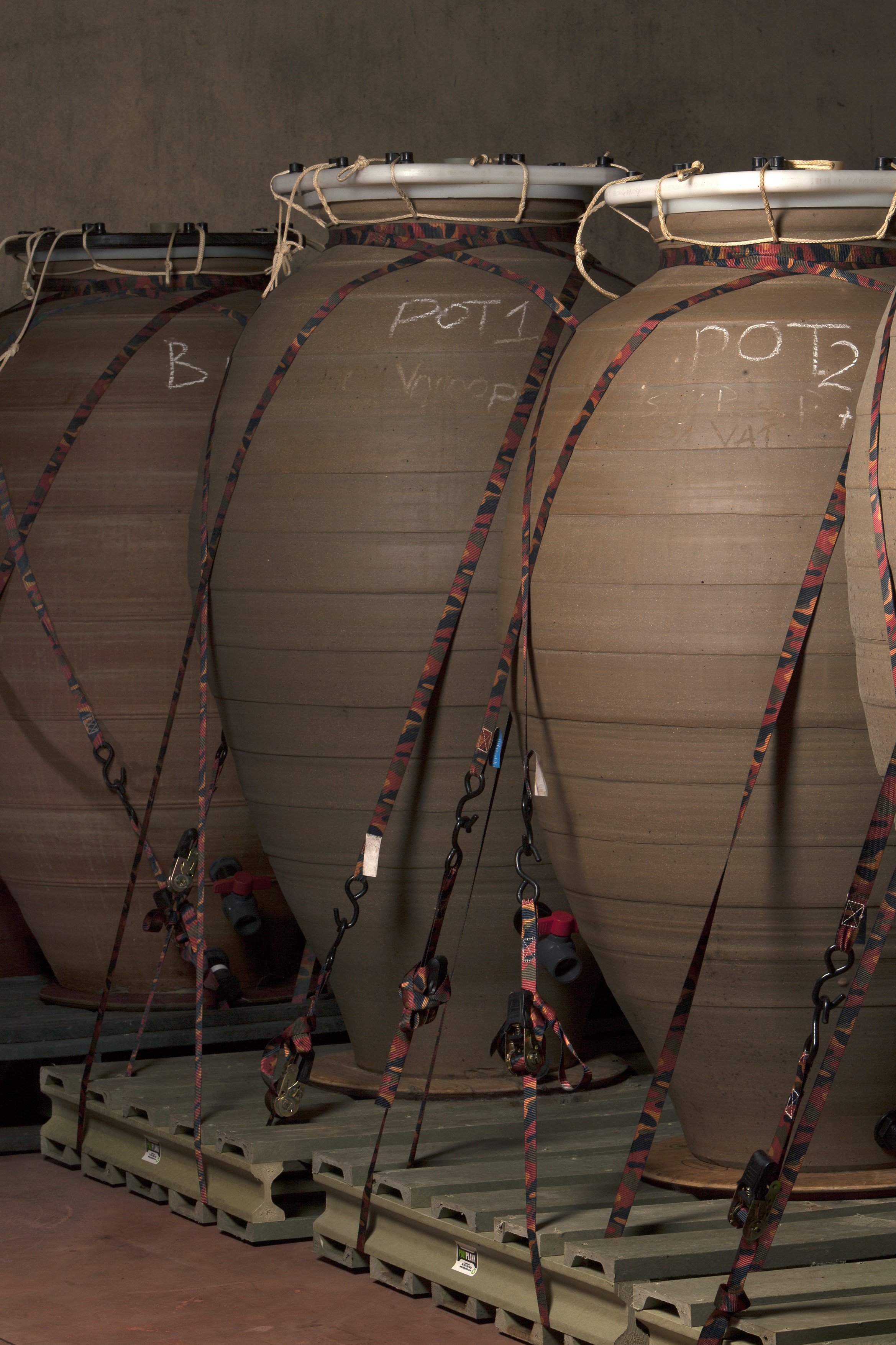It’s not just the moon
If all you know about biodynamic farming is that the moon and stars are somehow involved, it’s easy to dismiss. But that’s just scratching the surface of the philosophy. Rather, biodynamic farming is about what’s happening below, above and beyond: it’s as simple as farming in harmony with the cycles of nature.
This holistic approach is based on the interconnectedness of all living systems – soil, water, energy, plants, animals and people – and how they influence one other.
Set in motion in the 1920s, this alternative form of agriculture predates organic farming by as much as 20 years, and was inspired by the ideas of Professor Rudolf Steiner.
I’m learning all of this over lunch at The Shortmarket Club with Johnathan Grieve, general manger and viticulturist of Avondale, a Paarl wine farm firmly taking the cow by the horns – and burying them in the ground.

This is the first time I’ve seen Grieve without his wide-brimmed hat – something he rarely takes off, it’s a visible manifestation of his love of the outdoors.
“Soil is life,” he says simply. We’re discussing the principles of what he’s coined BioLOGIC® over a vertical tasting of the flagship white blend, The Cyclus.
“It’s about creating living systems naturally by combining the different elements of organic farming, biodynamics and modern science.”
Testament to this ethos is, of course, the wine. A five-way blend of Viognier, Chenin Blanc, Roussanne, Chardonnay and Semillon made using only natural yeasts. You could draw a line through the vertical tasting: all elegant wines with layered complexity.
Grieve, who studied fine art and sculpture, says: “It’s like when you work with clay as a sculptor – if you don’t wet your hands, the clay flies everywhere. Biodynamic farming is like water on the farmer’s hands.
“Chemicals kill things off, rather than promoting life. As soon as you get microbes back into the soil everything starts living again. It takes a lot of work to get the soils working properly.
“Everything that grows in a certain area tells you something about the vineyard,” he continues. “Weeds aren’t the enemy but rather indicators of what the soil is missing or what the deficiencies are.”
Soil balancing is a lot like how we maintain our own health. To illustrate his point he tells us a story about a particularly pervasive weed: “We had this one block that was blanketed in a bulb called nutsedge.” So, instead of killing the invader with herbicides (and all the soil microbes along with it), Grieve analysed soil samples to see what was lacking and what this bulb was evidence of.
He found that there were varying degrees of zinc and calcium depletion, as well as phosphate issues, which were causing anaerobic soil conditions. They set the balance right by adding nutrients directly back into the soil, such as volcanic rock and sea solids, to create conditions that were no longer conducive to the problematic weed. It naturally died off and, a year later, the nutsedge had been replaced by an endemic species of fynbos, thereby returning the vineyard to a more natural eco-system.
Let’s dig a bit deeper. This natural science around balancing soil shuns synthetic chemical fertilisers in favour of nine core ‘preparations’, which ‘feed and nurture the soil through the year’. “It’s a science of not using chemicals but rather about understanding the why and how of what we do.”
It does get a little more esoteric. Before being added to the soil these preparations are stirred into a vortex ‘to create alignment and rhythm, and then reversed to create energy and chaos’. This hour-long process is called ‘dynamising’.
Grieve is adamant they don’t farm this way to jump on an eco bandwagon but simply: “We do it to create wines that are truly expressive, wines that are truly Avondale.”
There is a lot more to biodynamic farming. Avondale is after all the farm where the ducks runneth over (a flock of white Pekin ducks keep the snails at bay) but, when talking about viticulture, soil health is surely ground zero.

Can you get more ‘terroir specific’ than by keeping soils healthy and naturally in balance? When thought about like this, biodynamic farming starts to make a whole lot of sense, whether illuminated by the light of the moon, or not.
– Malu Lambert